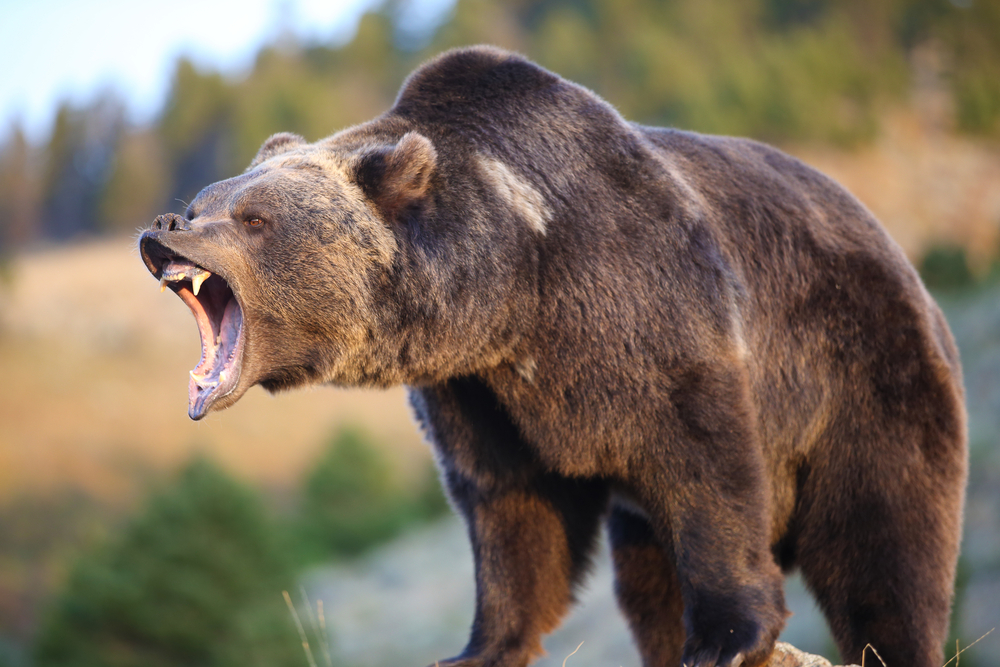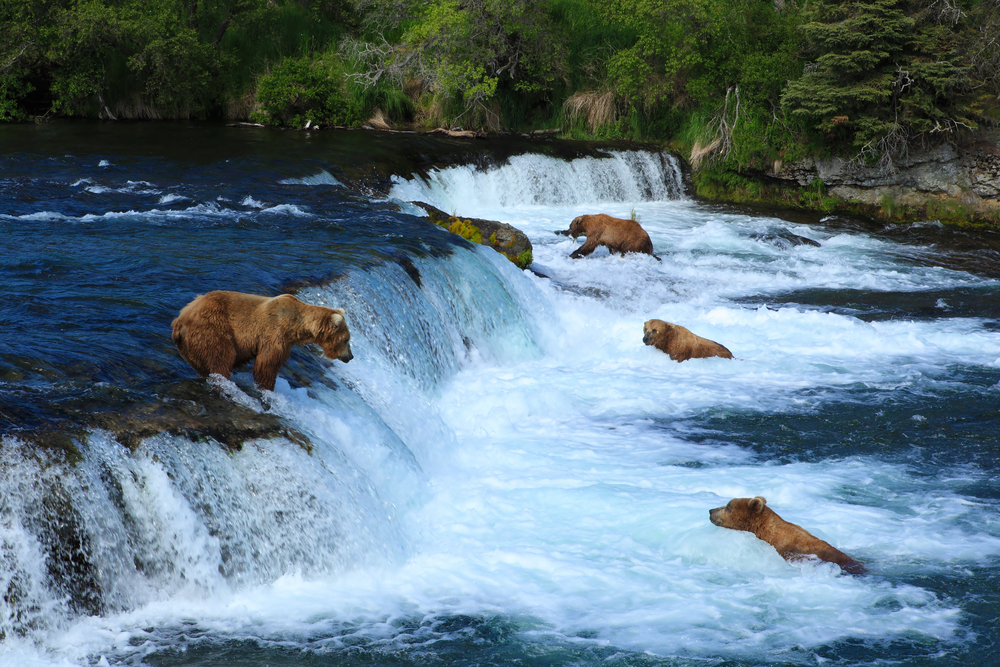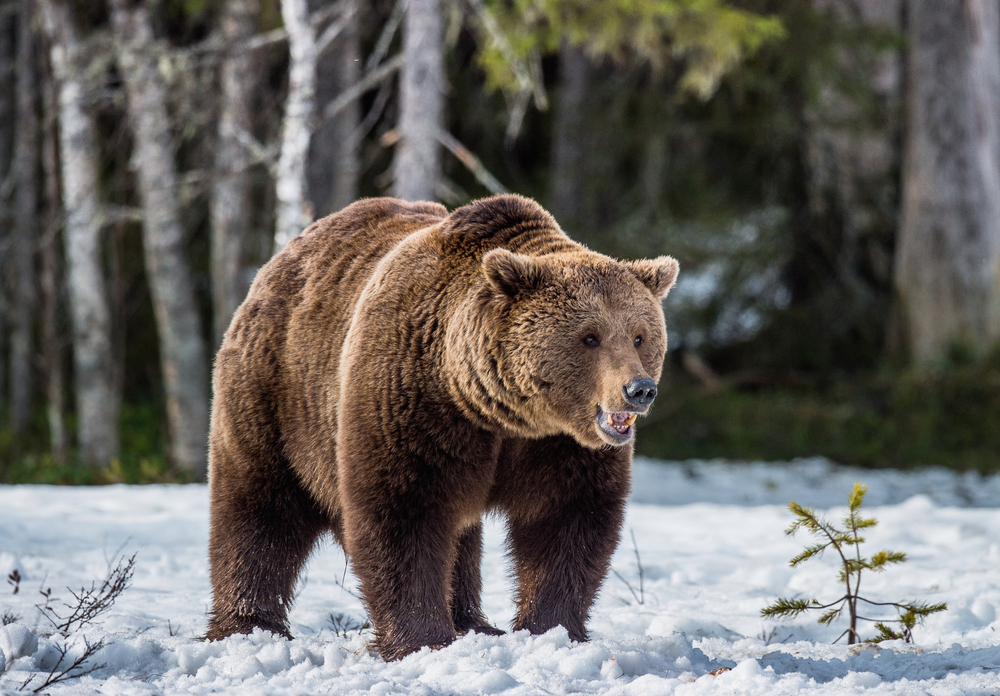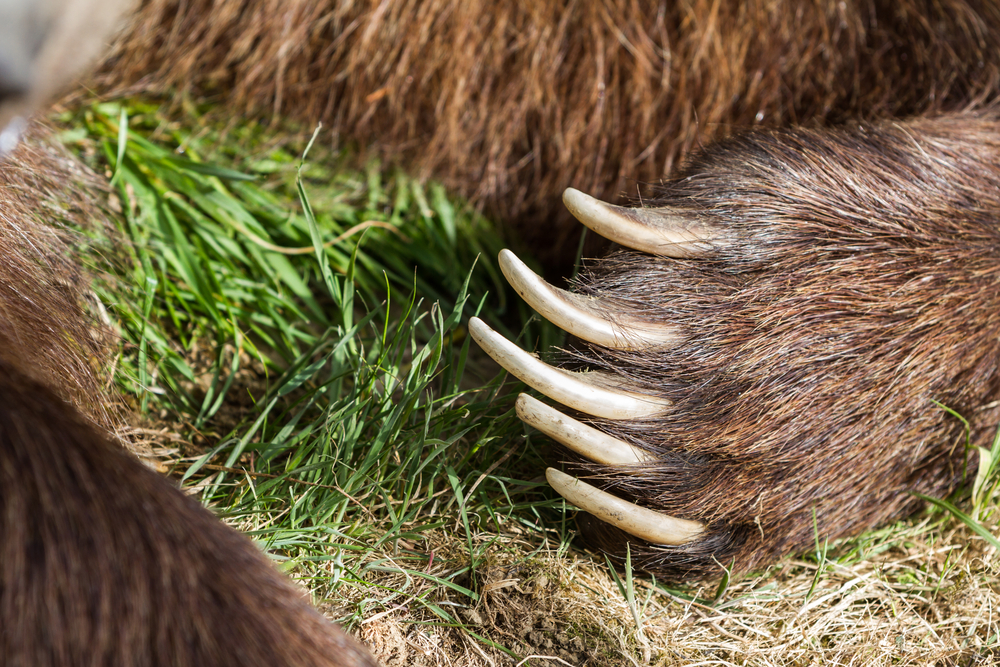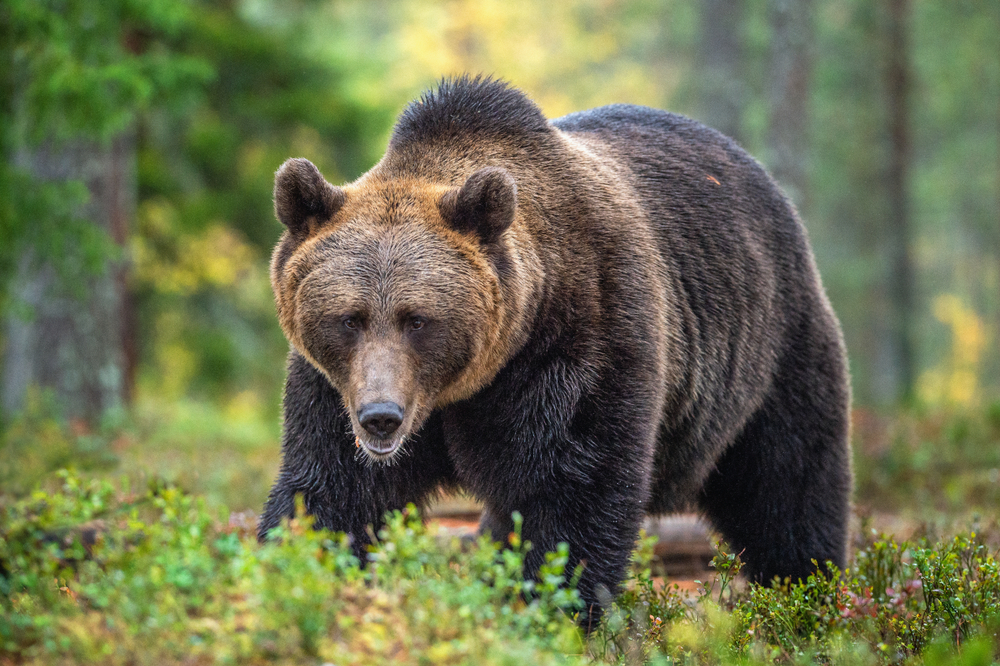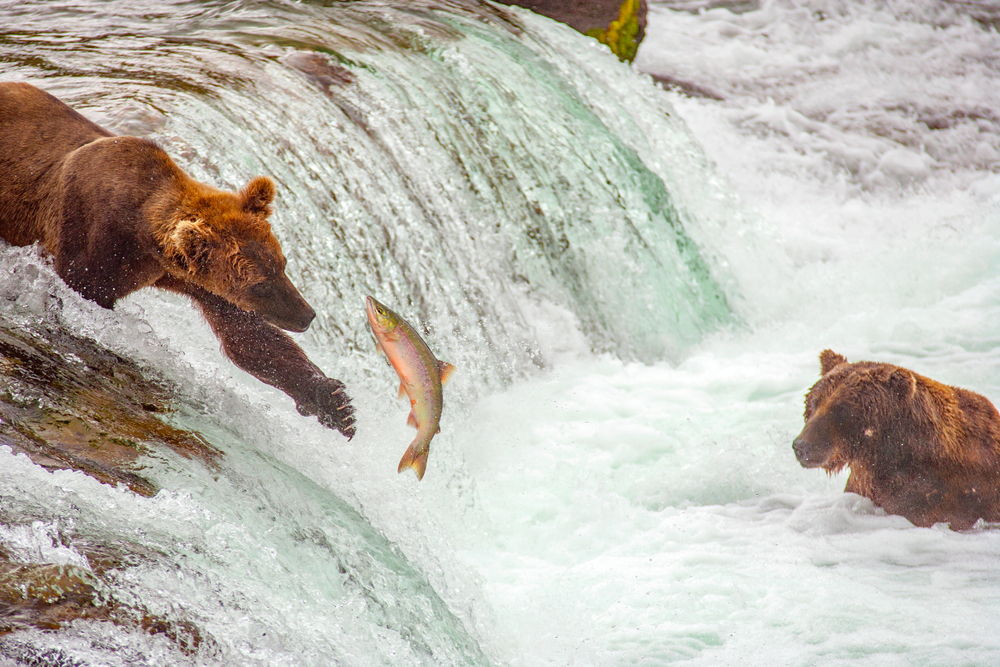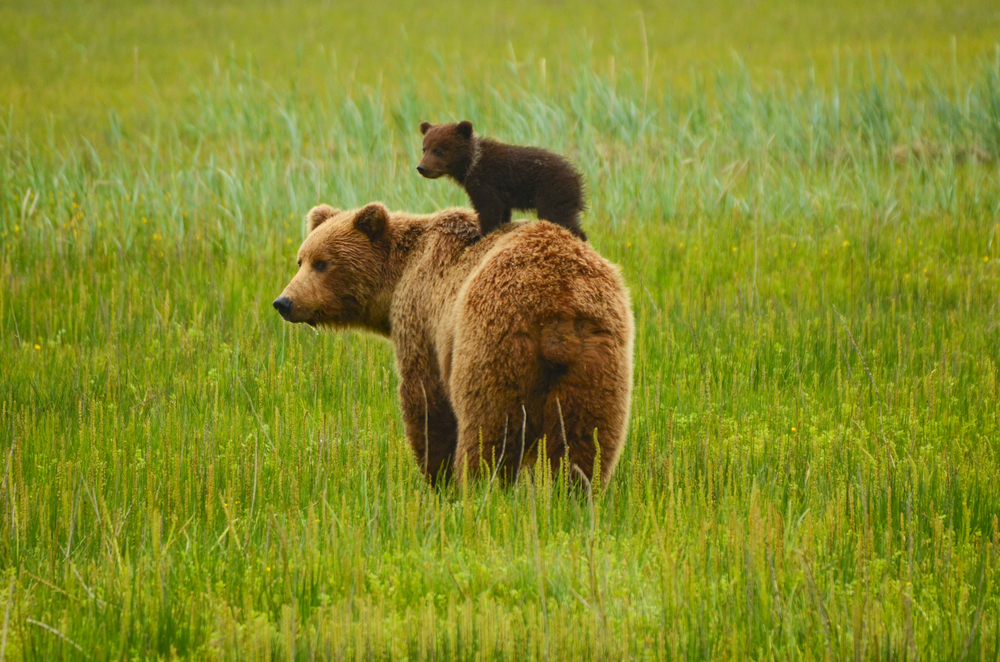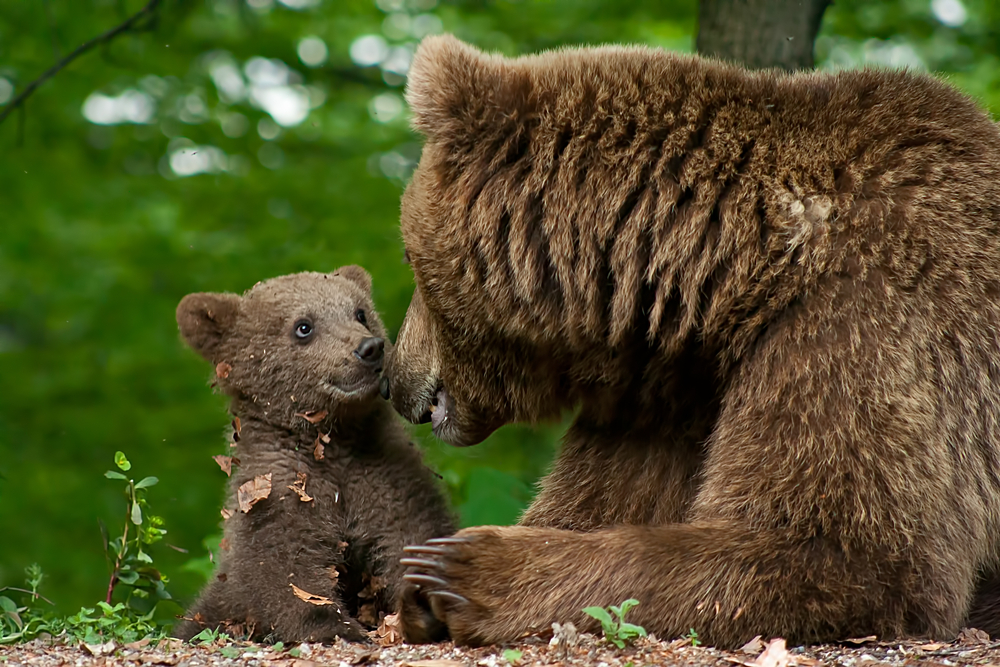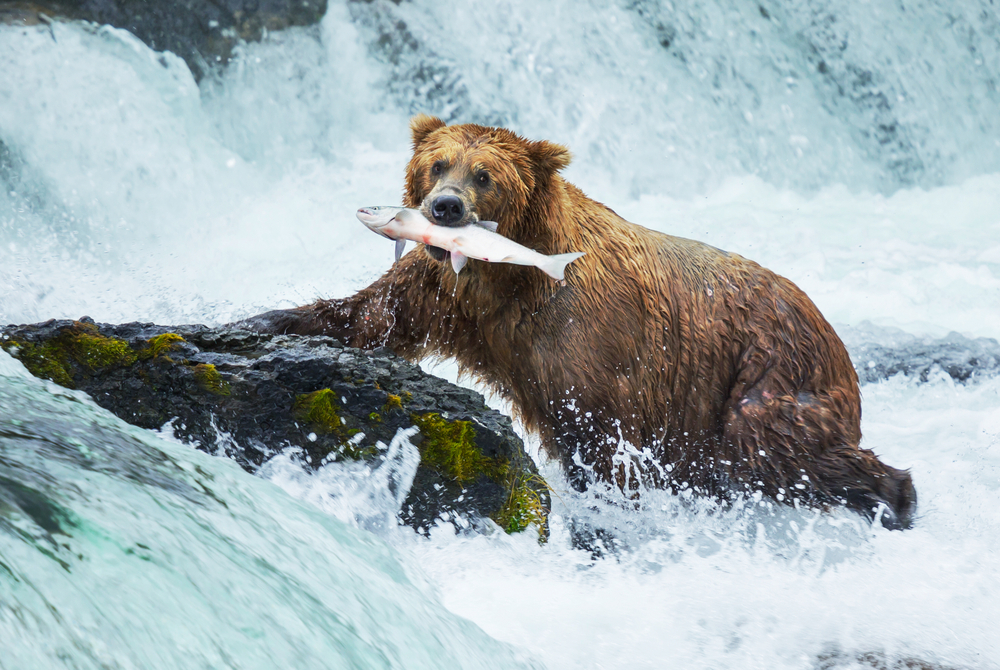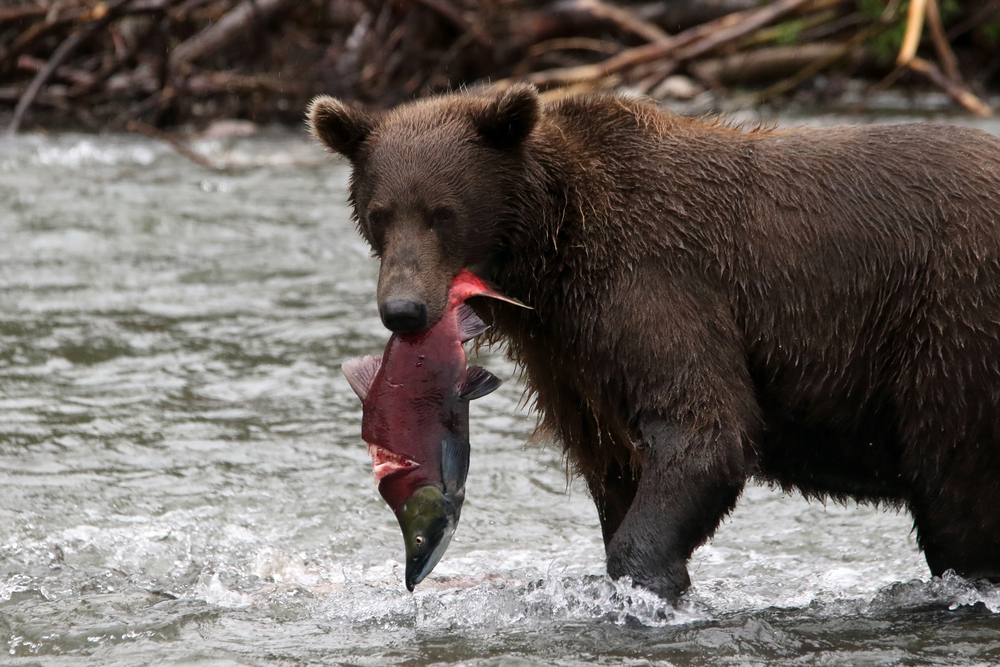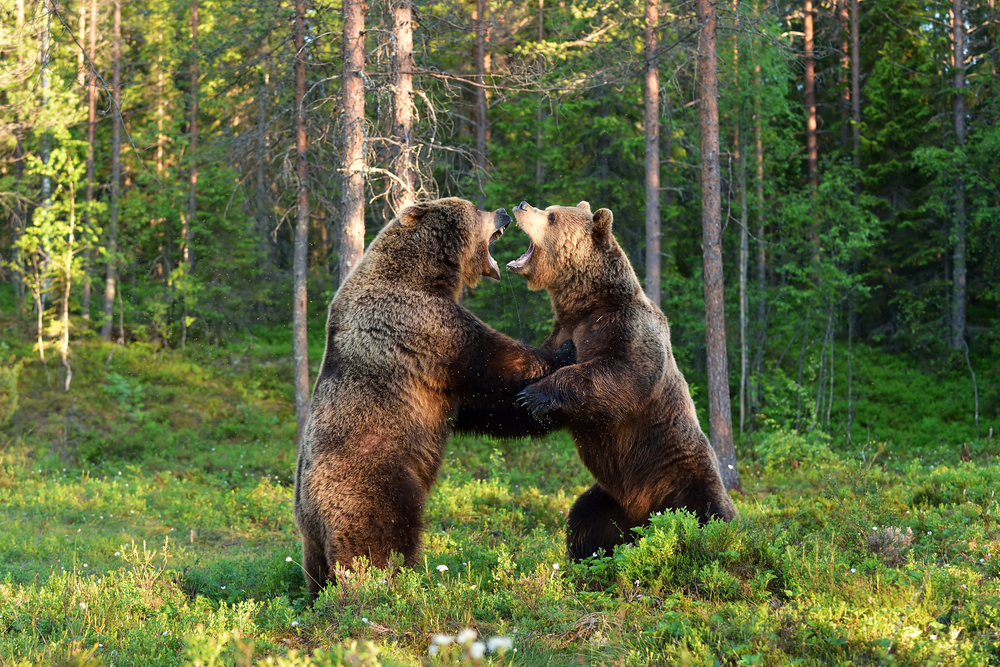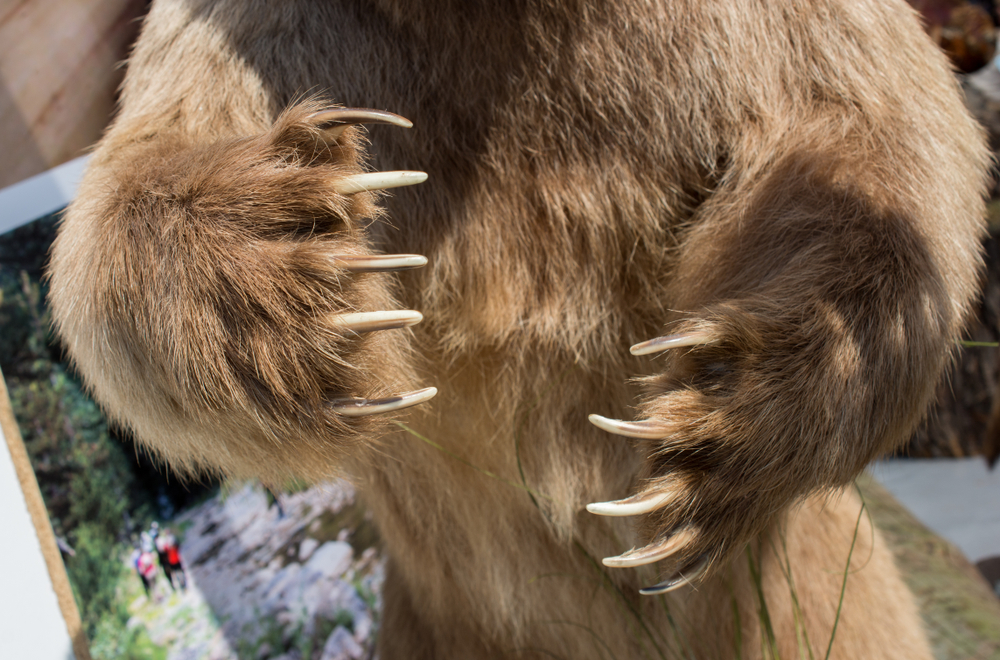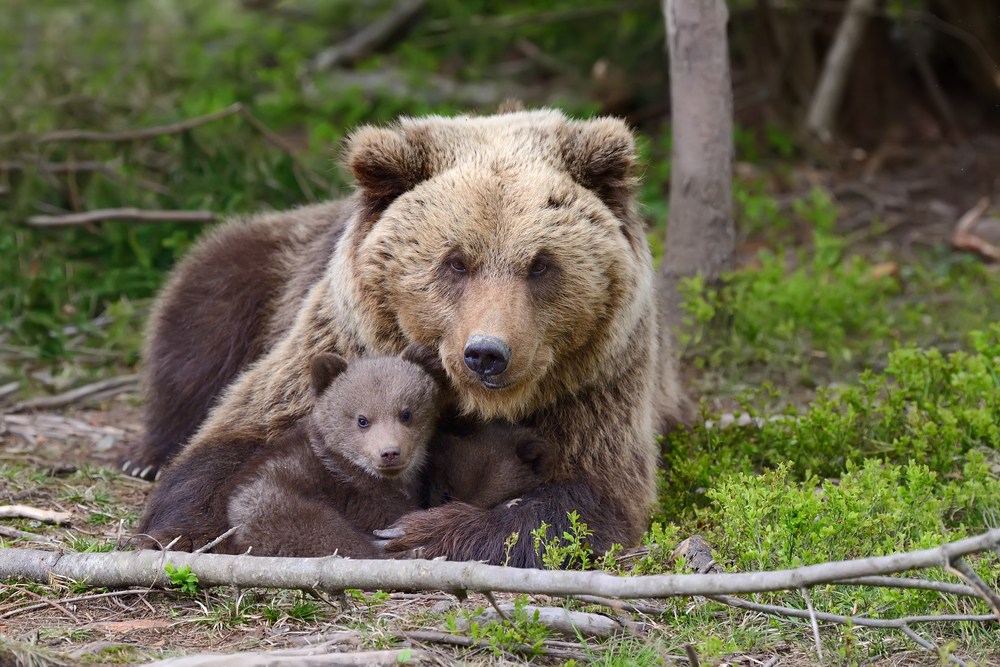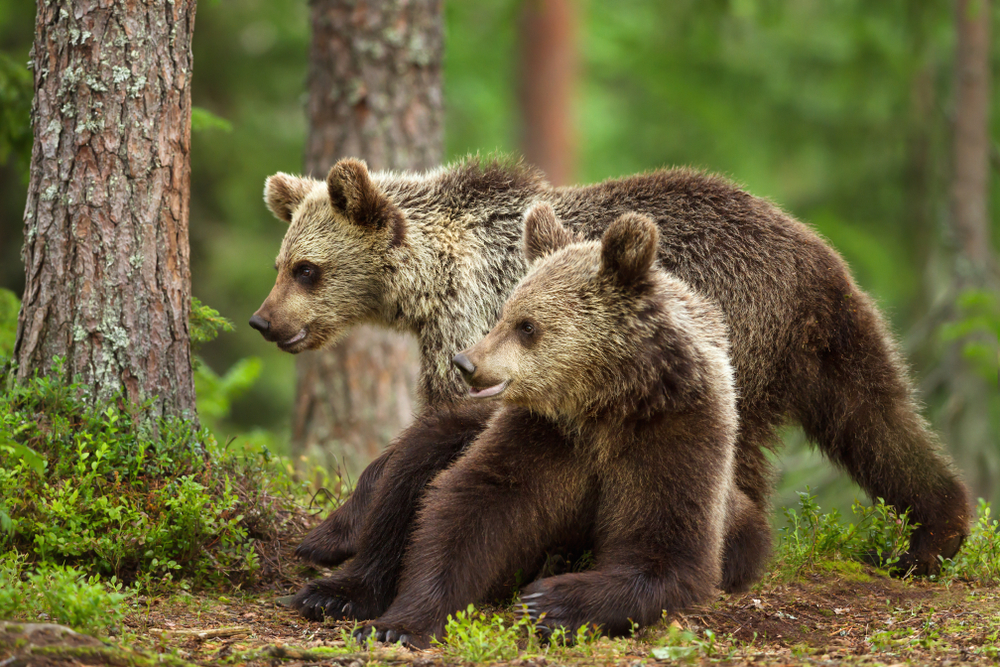Uniqueness
The Brown Bear, scientifically known as Ursus arctos, is one of the largest and most widely distributed of terrestrial carnivores, known for its impressive size, varied diet, and significant cultural impact. Here are some key aspects that make the Brown Bear unique:
Variability in Size and Color: Brown Bears show remarkable variability in size and color, influenced by their habitat and diet. Sizes range dramatically, from the smaller subspecies in some regions to the massive Kodiak bears of Alaska, some of the largest bears in the world. Their fur color can vary from dark brown to light brown, and even shades of blonde or grey.
Wide Geographical Range: Brown Bears have one of the broadest distributions of any bear species, found across much of North America, Europe, and Asia. This wide range enables them to inhabit a diverse range of environments, from the deep forests of North America to the mountainous regions of the Himalayas.
Diverse Diet: Known for their omnivorous diet, Brown Bears have a highly varied diet that includes fruit, nuts, leaves, roots, fungi, fish, and small to large mammals. This adaptability in feeding habits allows them to thrive in many different environments and influences their role in various ecosystems.
Hibernation: Brown Bears are famous for their hibernation behavior. They spend up to half the year in hibernation, depending on the geographic location and climate conditions. During this time, they live off body fat reserves that they build up during the active months. Hibernation is crucial for their survival in colder climates where food is scarce during the winter.
Solitary Nature: Except during mating season or when mothers are caring for their cubs, Brown Bears are generally solitary animals. They have large territories that they mark and defend from other bears, especially males, which can have territories as large as 2,000 square kilometers.
Reproductive Strategy: Female Brown Bears invest a significant amount of energy in raising their offspring. Cubs are born during the mother’s winter hibernation and remain with her for about two and a half years, learning vital survival skills. This extended care ensures that the cubs are well-prepared to live independently.
Cultural Significance: The Brown Bear has a prominent place in the mythology and folklore of many cultures, symbolizing strength and endurance. It is respected and often revered, which has contributed to its status in wildlife conservation efforts.
Conservation Status: Despite their wide range, Brown Bears face threats from habitat loss, hunting, and conflicts with humans, particularly where they come into contact with livestock or human settlements. Conservation efforts focus on protecting habitats and creating policies that mitigate human-bear conflicts.
The Brown Bear’s physical adaptability, ecological role as a top predator, and the cultural fascination surrounding them make this species uniquely important both ecologically and culturally. Their presence in the wild symbolizes wilderness and biodiversity, underlining the importance of conservation efforts to maintain their populations and habitats.



































































